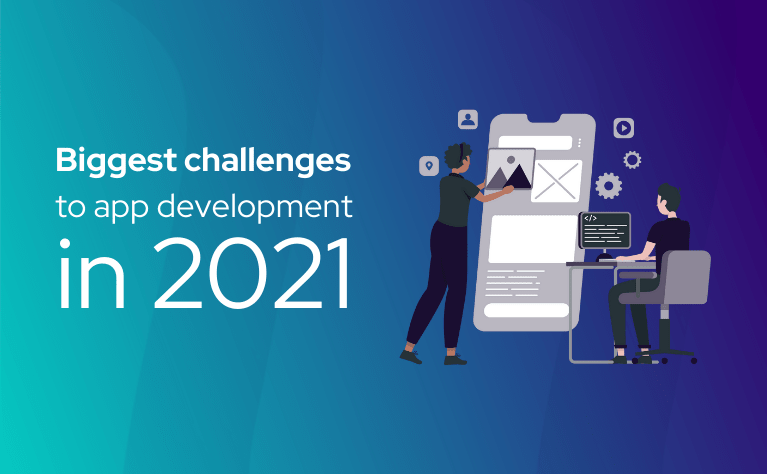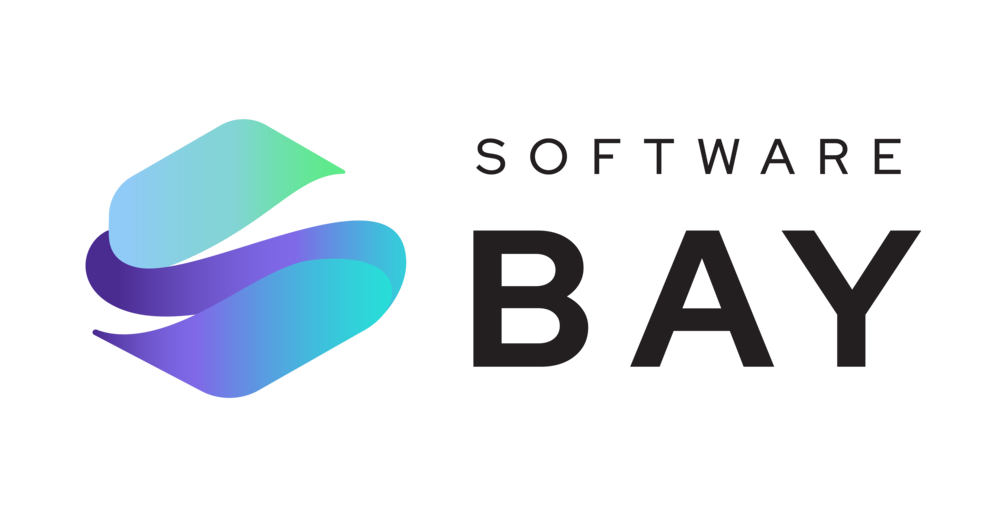Mobile and web applications are a phenomenon in recent years. They are characterized by dynamic development and unflagging interest. However, the COVID-19 pandemic has significantly accelerated the growth of the application market in 2020, which we also see in 2021.
- Martyna Banasiak
- 24th May, 2021

What changes are noticeable?
First of all, you can see a significant increase in the number of mobile applications users, as well as the average time spent in apps. eMarketer reports that the time spent by adults on the internet in the first half of 2021 is 4:06h (for comparison, for 2020 it is 4:01h, and 2019 - 3:35h). And what is interesting, 84% of this, is spent not in browsers, but in applications. Despite the increase in time spent on the internet, this dedicated to searching in browsers remains constant at 24-25 minutes per day. Consequently, the upward trend concern only applications.
With about 7 trillion users in 2021 , a wide space has been created to showcase plenty of solutions. According to Statista's report, the greatest intensity of new applications was between April and October 2020 - the most difficult time associated with the pandemic consequences. Although the road to delivering a product that will interest the user includes lots of challenges for the people who create and implement them. Many applications have been decided to launch on the market, even if they are built in only their basic shape.
What are the challenges for app delivering in 2021?
Users will only stay with the best
The multitude of applications that have appeared in recent months on the market created a huge competition. Unfortunately, it caused the impatience and annoyance of the users, because of the fact, that the products are very similar and insufficiently tailored to the customer's needs. That was often caused by skipping a process of product testing and many of them simply stuck at the MVP stage.
Due to the high competitiveness, users have higher requirements and pay less attention to the products, constantly looking for new solutions. As the reports shows, in 2020, the rate of applications rejected after just one sign-in increased by about 31% compared to 2019. It is predicted that this rate will continue to increase in 2021, also due to the gradual industries launching. and the users decision to return to offline solutions. In a short time lot of industries will notice, that they need some help from outside to make a new, better applications or improve the existing ones.
Creating applications inside the company - is it really possible?
Many companies are not internally prepared to successfully complete the entire application lifecycle: testing their applications, checking the security, etc. This requires a different than a basic type of IT knowledge, which is used in the most companies. Even if this basic IT team will prepare the application, you have to be prepared for the possibility that it will contain some errors.
In order to solve this problem, companies must be able to identify, where the knowledge gap exists and then fill it.
In such cases, the best idea is to implement a mixed sources model at the beginning of the project. It is recommended by Gartner in one of his newest reports , pointing out that this type of collaboration model already works for more than half of organizations around the world. At this moment, only 26% of companies have a full process in their hands. How to do that? You have to select the part of the product development process in which the vulnerability occurs, and then - order it from a provider, which is an application development solutions specialist. The rest of the activities are carried out in a permanent internal team. It is estimated that such a model of cooperation will be chosen even more often in the coming years.
Super applications - all your daily routine in one place
The approach to quality is also connected with the development of applications with at least a few functionalities. It is called a building an application environment or simply super apps. Creators want to keep the user with one, good solution for the different tasks of everyday life. An increasing number of all-in-one-apps, can cause a significant selection of competitors at the end of 2021- combining transport, finance, healthcare, fast delivery, and communication in one place will be a cause of decrease in the average number of applications owned by a single user. At the moment, the trend is the most pronounced in Asia, but such “centralizing people's lives” solutions are gradually introduced in other countries.
In this topic, it is worth to know an Asian application, Yandex Go, which aims for the title of the most powerful super app in terms of transport in Europe. The second interesting app is also OMNi, which combines mobility, financial technology (fintech), lifestyle and healthcare technologies in one place.
Flat interface is no longer attractive
In 2021, one of the most important trend is making flat screen applications more “real”. This year we will see a gradual depart from the standard minimal interface in applications towards neomorphism conception. Neomorphic elements are those, that imitate the physical textures, for example buttons or symbols. However, they make it difficult to scale the project, so 2021 is likely to bring only minor changes in this area, with the prospect of development in the following years.
Functional use of 3D graphics
Going further behind the visual side of the user experience, we should also pay attention to the purchasing process development (through the applications). The previously used 3D graphics will be used not only in visual terms( as a small decorative elements), but it also becomes a full functional tool. This solution is primarily intended to support the sales process of products, by expanding interactions with them. Because of this type of graphics, you are able to see more details and (in the more advanced technics) visualize products in the real world using AR technology.
Scaling AI
One of the most significant challenges that appeared in the first months of 2021 is the development of MLOps. This is the process in which an experimental machine learning model is transferred to a production web system. Machine Learning Operations are based on DevOps policies and practices that improve workflow efficiency.
In recent time, the awareness, that existing processes need to be constantly improved in order to stay ahead of competition has strongly increased. Therefore, the most effective solution is defining all the failures, by machine learning models. Unfortunately, in many companies, this type of experiments lasts a long time. In case, when the AI solutions are in the advanced stage, time of these processes will be reduced. The companies that have implemented Machine Learning Operations, will demonstrate that they are so much faster than others. In a couple of months, MLO will become a standard without which organizations will stay behind the other companies. According to Deloitte Tech Trends 2021 , the MLOps market will grow to $4 billion by 2025.
2021 is primarily a change in approach to the application development process. With so much data processed every day and even more expertise knowledge, companies are no longer able to control the whole development processes on their own. and break through competitive solutions. Many companies have already started (or will start) outsourcing activities related to apps – to pass on some part or all the process to fill the gaps in knowledge in their teams. Those organizations, that directly develop solutions, introduce the new practices, that allow for even greater efficiency - to respond quickly to market changes.
Looking for React or React Native talents?
Need help? Our team will help you straight away.
